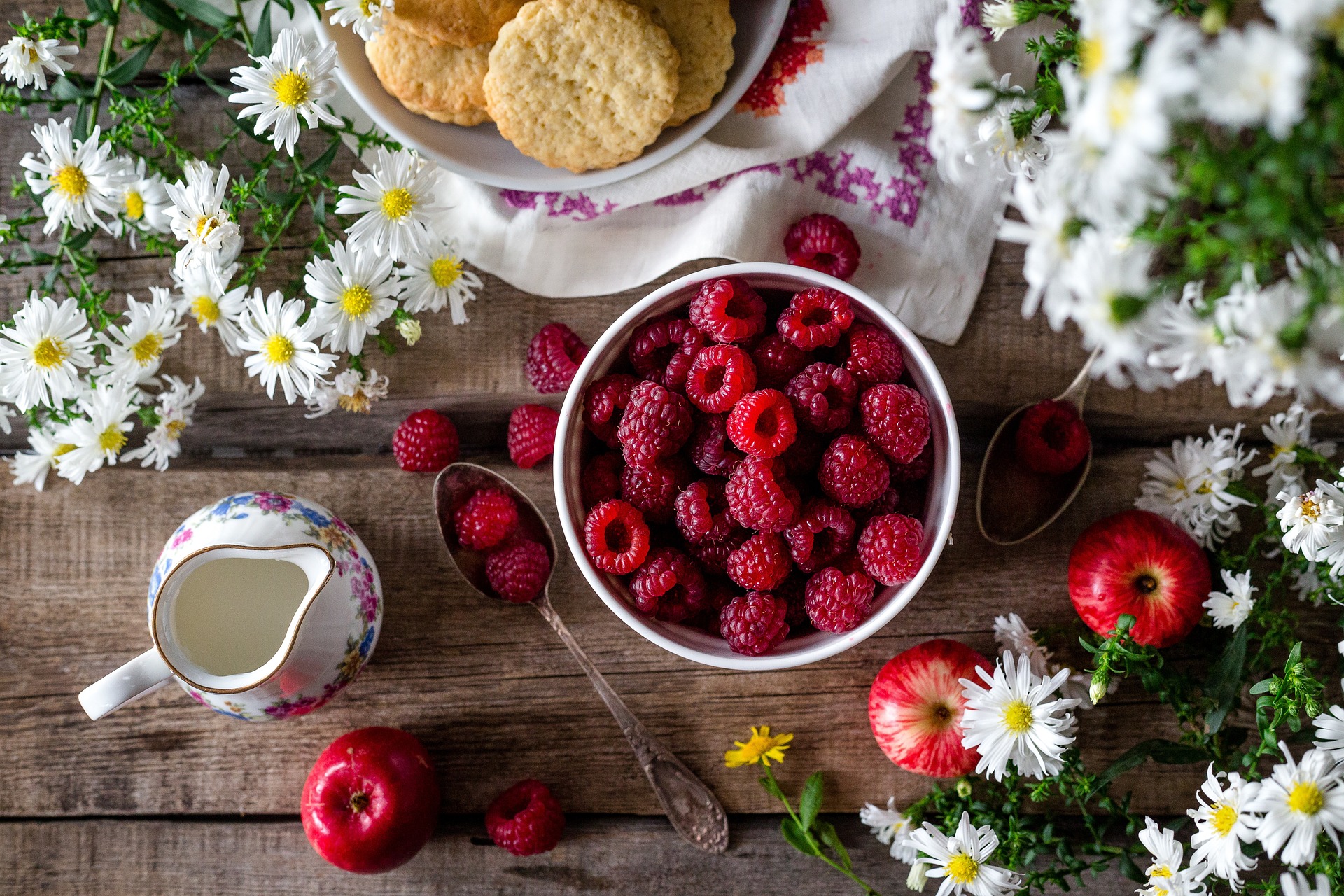Culinary Alchemy: Transforming Everyday Ingredients
Imagine turning ordinary kitchen staples into extraordinary culinary creations. This gastronomic adventure explores the art of transforming everyday ingredients into gourmet masterpieces. From humble vegetables to common grains, discover how simple techniques and creative pairings can elevate your cooking to new heights.

The Magic of Vegetable Metamorphosis
Vegetables, often relegated to side dishes or salads, possess untapped potential for culinary stardom. By applying innovative cooking methods and unexpected flavor combinations, these humble ingredients can take center stage in any meal. Cauliflower, for instance, transforms into a versatile base for pizza crusts, rice substitutes, and even steaks when properly prepared. Roasting brings out the natural sweetness of carrots, turning them into velvety soups or caramelized side dishes that rival any meat-based entrée. Even the oft-maligned Brussels sprout can become a crowd-pleaser when shredded and quickly sautéed with pancetta and balsamic vinegar, creating a symphony of textures and flavors. By reimagining vegetables as the main attraction, home cooks can create healthier, more diverse meals that surprise and delight the palate.
Grains Reimagined: Beyond the Basic Bowl
Grains are the unsung heroes of the culinary world, offering endless possibilities for creative cooking. Quinoa, once an obscure Andean staple, has become a global superfood. But its potential extends far beyond simple salads and side dishes. Try using quinoa as a binder in veggie burgers, a crunchy coating for chicken or fish, or even as a base for desserts like puddings and cookies. Farro, an ancient wheat grain, can be transformed into risotto-style dishes, savory breakfast bowls, or hearty salads that stand up to bold dressings and toppings. Even humble oats can transcend their breakfast roots, becoming the foundation for savory dinner dishes or crispy coatings for meats and vegetables. By thinking outside the traditional grain bowl, cooks can unlock a world of textures and flavors that breathe new life into everyday meals.
Spice Alchemy: Elevating Flavors with Global Blends
Spices are the alchemist’s tools in the kitchen, capable of transforming the ordinary into the extraordinary with just a pinch or a dash. While many home cooks stick to familiar seasonings, exploring global spice blends can revolutionize your cooking. Za’atar, a Middle Eastern blend of herbs, sesame seeds, and sumac, can turn simple roasted vegetables or grilled meats into exotic delights. Ras el hanout, a complex North African spice mix, adds depth and warmth to stews, marinades, and even popcorn. Gochugaru, Korean red pepper flakes, brings a unique sweet heat to dishes ranging from fried chicken to roasted sweet potatoes. By experimenting with these and other global spice blends, home cooks can travel the world through their taste buds, elevating everyday ingredients to new heights of flavor and complexity.
The Art of Liquid Transformation
Liquids play a crucial role in cooking, but their potential often goes untapped. Beyond basic stocks and sauces, creative use of liquids can dramatically alter the flavor profile and texture of dishes. Infused oils, for example, can add depth and complexity to everything from salad dressings to marinades. Try infusing olive oil with herbs, garlic, or even citrus zest for a quick flavor boost. Similarly, flavored vinegars can transform ordinary vinaigrettes into gourmet dressings. Experiment with infusing vinegar with fruits, herbs, or even flowers for unique flavor combinations. Even water can be elevated – try cooking grains or vegetables in tea, coconut water, or fruit juices instead of plain water for subtle flavor infusions. By paying attention to the liquids used in cooking, chefs can add layers of flavor that elevate dishes from good to extraordinary.
Texture Transformations: Reimagining Ingredient Forms
Texture plays a crucial role in how we perceive and enjoy food, yet it’s often overlooked in home cooking. By reimagining the form and texture of familiar ingredients, cooks can create entirely new dining experiences. Consider the humble chickpea – traditionally used whole in salads or pureed into hummus. By roasting chickpeas until crispy, you create a crunchy, protein-rich snack or salad topper. Similarly, cauliflower can be riced to create a low-carb alternative to grains, or sliced into steaks for a meaty vegetarian main course. Even fruits can undergo textural transformations – dehydrating grapes turns them into nature’s candy, while grilling peaches caramelizes their sugars and adds a smoky depth. By experimenting with different forms and cooking methods, home cooks can unlock new dimensions of flavor and texture in everyday ingredients.
Culinary Alchemy Tips & Facts
• Blanching vegetables before freezing preserves their color and nutrients
• Toasting spices before use intensifies their flavor and aroma
• Umami-rich ingredients like miso or nutritional yeast can add depth to vegetarian dishes
• Aquafaba, the liquid from canned chickpeas, can replace egg whites in many recipes
• Massaging kale with oil and salt breaks down its tough fibers, making it more palatable raw
• Using a mix of butter and oil when sautéing combines flavor with a higher smoke point
• Freezing tofu before cooking gives it a meatier texture
• Adding a pinch of salt to sweet dishes enhances their flavor
In conclusion, culinary alchemy is about more than just following recipes – it’s about understanding the potential of ingredients and techniques to create something greater than the sum of its parts. By approaching cooking with curiosity and creativity, home cooks can transform everyday meals into extraordinary culinary experiences. Whether it’s reimagining the form of a vegetable, exploring global spice blends, or experimenting with unexpected flavor combinations, the possibilities are endless. Embrace the spirit of culinary alchemy, and let your kitchen become a laboratory of delicious innovation.




